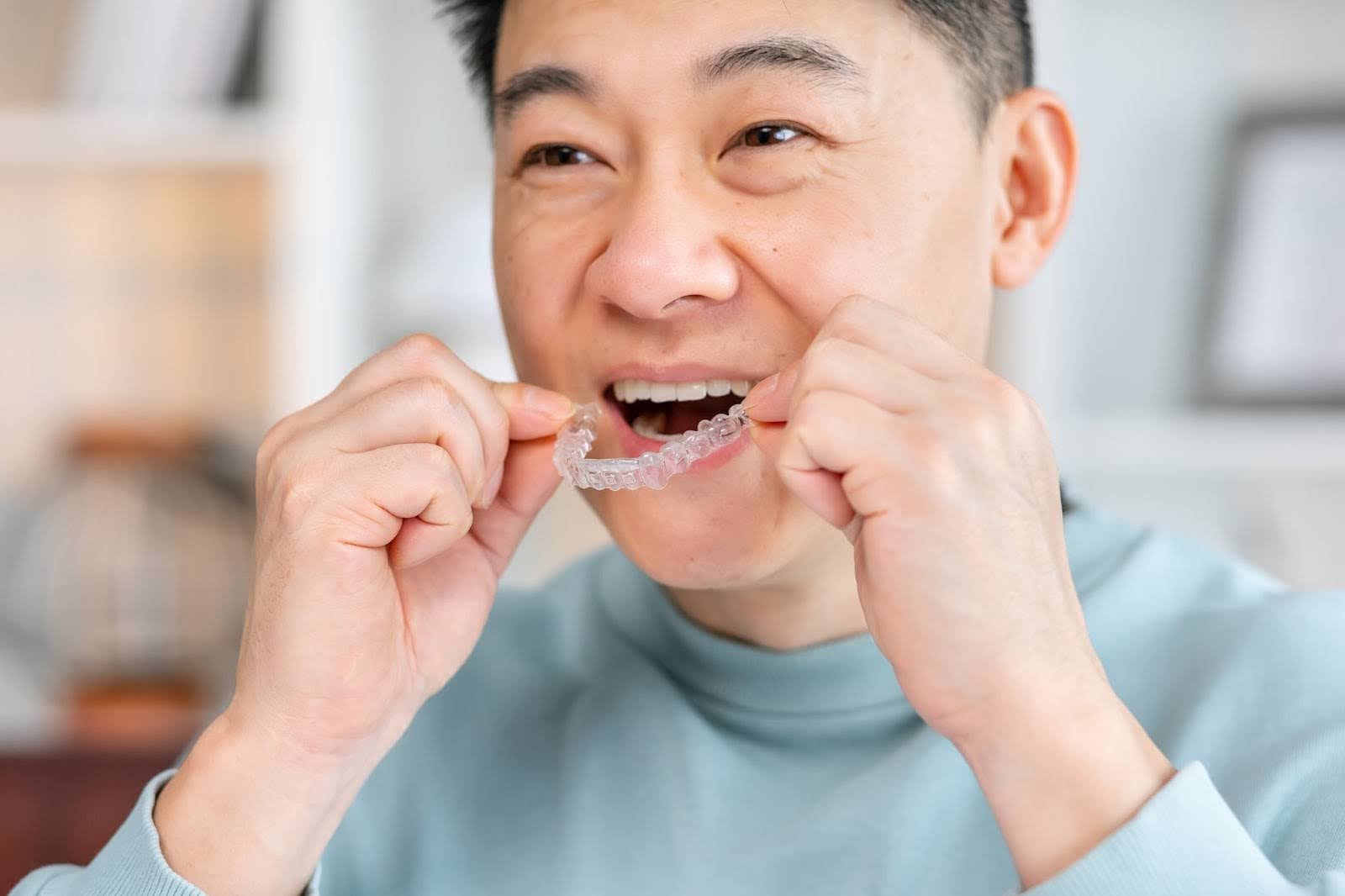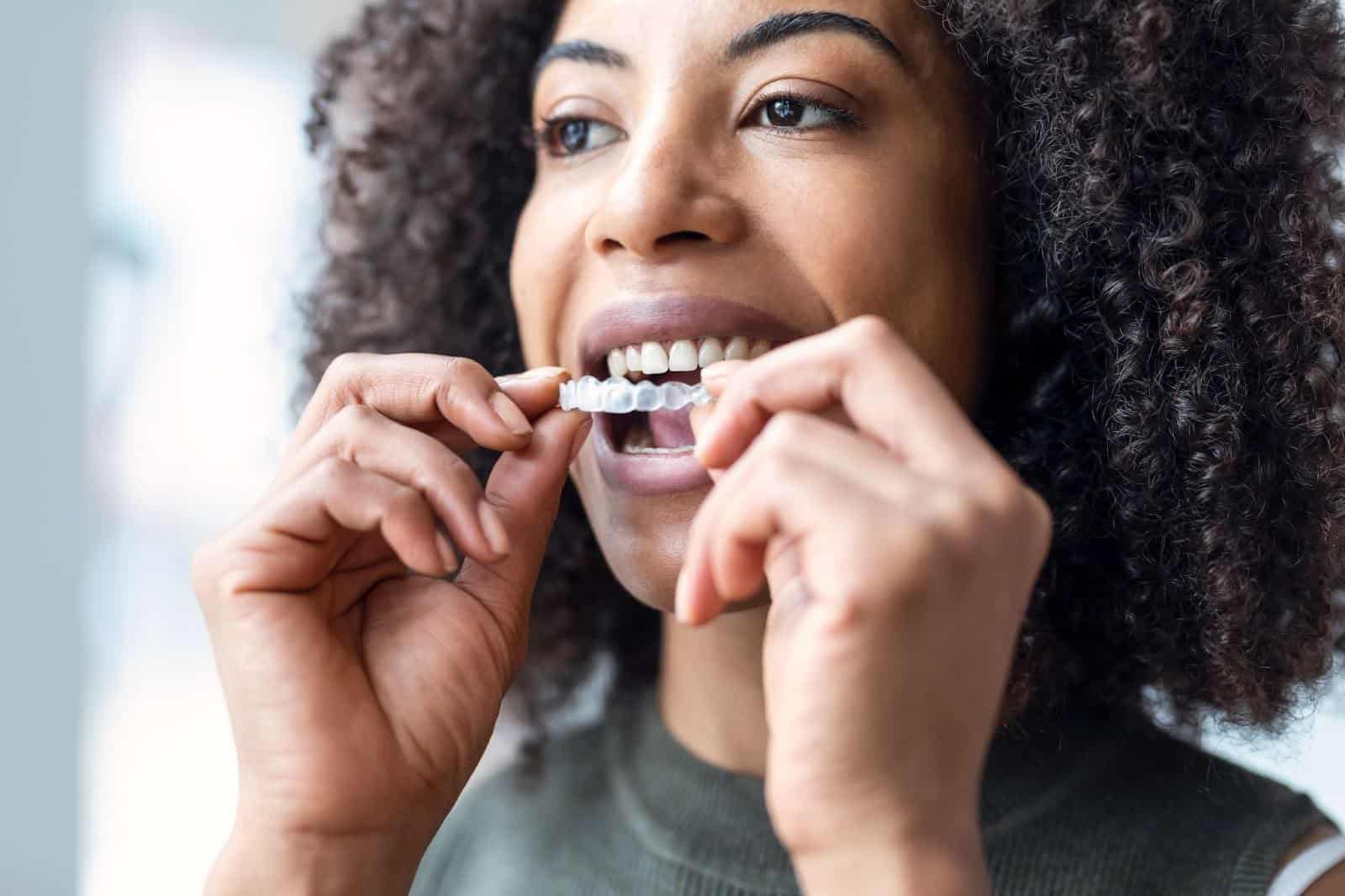Dental crowns, a common and essential dental procedure, restore the functionality and appearance of damaged teeth. However, comprehending your dental insurance’s coverage for crowns can be a complex task. At Rockefeller Cosmetic Dentistry, we aim to assist our patients in navigating their insurance plans. If you are covered by Manhattan or New Jersey insurance providers like Aetna, Humana, United Healthcare, and others, understanding your plan’s specifics can save you time, money, and stress. Let’s delve into the details of dental insurance coverage for dental crowns, empowering you to make informed decisions about your dental health.
What Are Dental Crowns?
A dental crown is a custom-made cap that covers a damaged tooth, restoring its shape, size, strength, and appearance. Crowns are typically used to:
- Protect a weak tooth from breaking
- Restore a broken tooth or a severely worn down tooth
- Cover and support a tooth with a large filling
- Hold a dental bridge in place
- Cover misshapen or severely discolored teeth
- Cover a dental implant
Types of Dental Insurance Plans
Dental insurance plans vary in structure and coverage.
- HMO (Health Maintenance Organization): Requires choosing a primary dentist within the network. Coverage is typically more affordable but limited to in-network providers, often with lower out-of-pocket costs for restorative procedures.
- PPO (Preferred Provider Organization): This plan offers more flexibility in choosing dentists. Both in-network and out-of-network services are covered, but higher benefits and lower costs apply to in-network providers.
- Indemnity Plans: Provide the most freedom in selecting any dentist. They reimburse a portion of the cost for restorative procedures, often requiring higher out-of-pocket payments and premiums.
Each plan type approaches restorative coverage differently, affecting your choice based on your needs and budget.
Coverage for Dental Crowns
Insurance coverage for dental crowns varies significantly across different plans, but general guidelines can help you understand what to expect. Most dental insurance plans typically partially cover crowns under major restorative services, which may account for 50% to 80% of the procedure’s cost. However, several factors influence this coverage.
- Medical Necessity: Insurance plans are more likely to cover crowns deemed medically necessary to restore tooth function, prevent further decay, or address significant structural damage. Cosmetic crowns, aimed at improving appearance rather than function, may not be covered or receive limited coverage.
- Type of CrownL The material and type of crown (e.g., porcelain, metal, ceramic) can also affect coverage. For example, due to cost differences and perceived durability, porcelain-fused-to-metal crowns might be more readily covered than all-ceramic ones. Review your policy to understand which types are included.
- Plan Specifics: Each insurance plan has unique coverage details, including deductibles, copays, annual maximums, and waiting periods. Deductibles must be met before coverage begins; copays are the fixed amounts paid per visit. Annual maximums cap the total benefits payable in a year, influencing how much of the crown cost is covered. Additionally, some plans have waiting periods before major procedures like crowns are covered.
Understanding these factors helps you navigate your insurance benefits effectively, ensuring you receive the necessary care with minimized financial surprises.
Understanding Your Insurance Policy

Dental insurance coverage for crowns varies widely depending on the specific plan and provider. Generally, most insurance plans cover a portion of the cost of crowns, especially if they are deemed medically necessary rather than purely cosmetic. To fully understand your coverage, follow these steps:
- Review Your Policy: Obtain your policy document and check the coverage section for restorative services, where crowns typically fall.
- Key Terms to Look For:
- Deductible: The amount you pay out-of-pocket before insurance covers expenses.
- Copay: A fixed amount you pay for a covered service.
- Annual Maximum: The maximum amount your insurance will pay in a year.
- Waiting Periods: The time you must wait before certain services are covered.
- Inclusions and Exclusions: Identify specific inclusions and exclusions. Some plans only cover certain types of crowns or exclude cosmetic ones.
- Pre-authorization: Many insurers require pre-authorization for crowns. Ensure you complete this process to avoid unexpected costs.
Navigate Your Coverage With Ease
To maximize your benefits:
- Review Your Plan: Understand your coverage specifics.
- Consult Our Office: Our staff can help determine coverage and estimate out-of-pocket costs.
- Pre-authorization: Work with us to get the necessary pre-authorization.
Pre-Authorization and Documentation
Pre-authorization is crucial for dental crown procedures. It ensures your insurance provider agrees to cover the treatment before it begins, preventing unexpected costs. To secure pre-authorization, you must submit a detailed treatment plan from your dentist, including X-rays and a justification for the crown’s necessity. This documentation demonstrates the medical need for the procedure, increasing the likelihood of approval.
It is also essential to maintain clear communication with your dentist and insurance provider throughout the process. At Rockefeller Cosmetic Dentistry, we assist our patients with pre-authorization, ensuring all necessary steps and documentation are completed for seamless coverage.
Ensuring a Smooth Path to a Healthy Smile at Rockefeller Cosmetic Dentistry!

At Rockefeller Cosmetic Dentistry, we understand that navigating dental insurance coverage for crowns can be complex. We are committed to providing exceptional care and support, helping you understand and maximize your insurance benefits. Contact us today at (212) 581-1091 to schedule a consultation and learn more about how your insurance plan can help cover the cost of dental crowns. We are here to guide you every step of the way, ensuring a smooth path to a healthy smile.


























